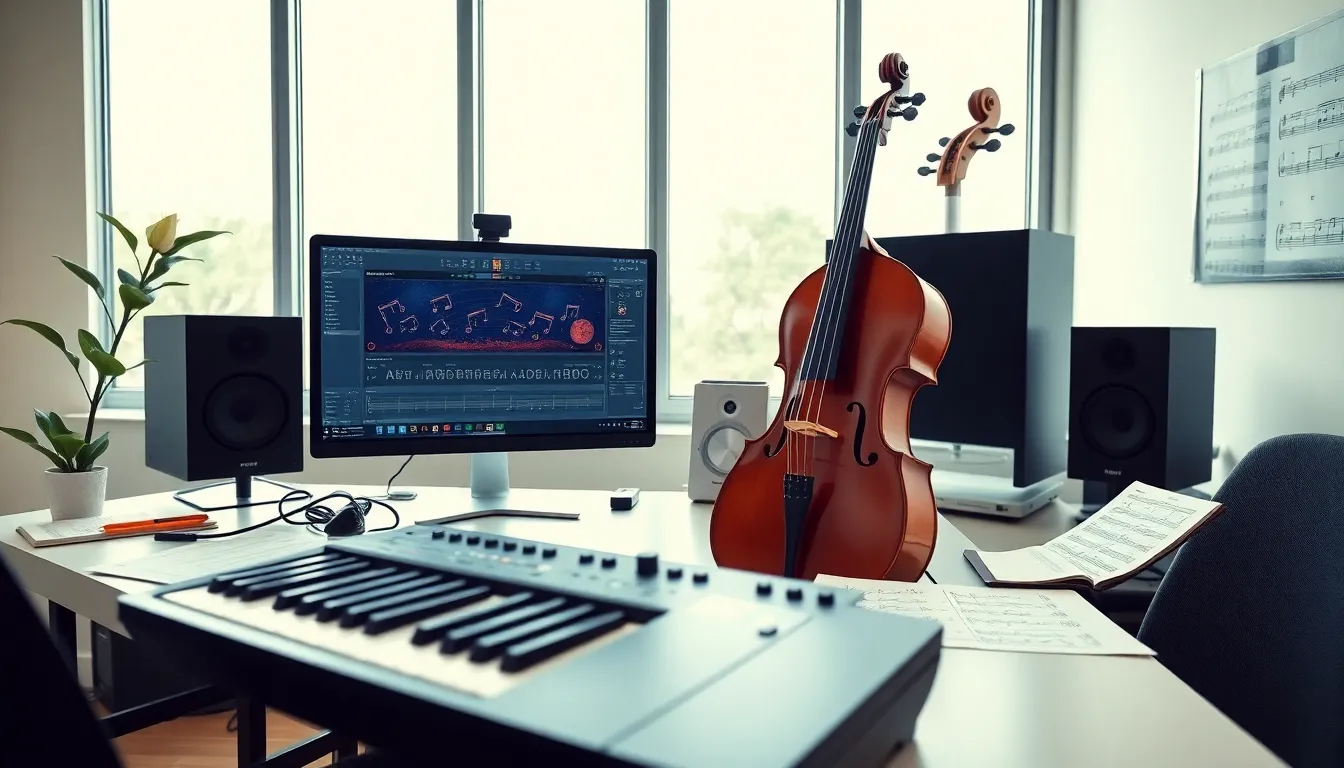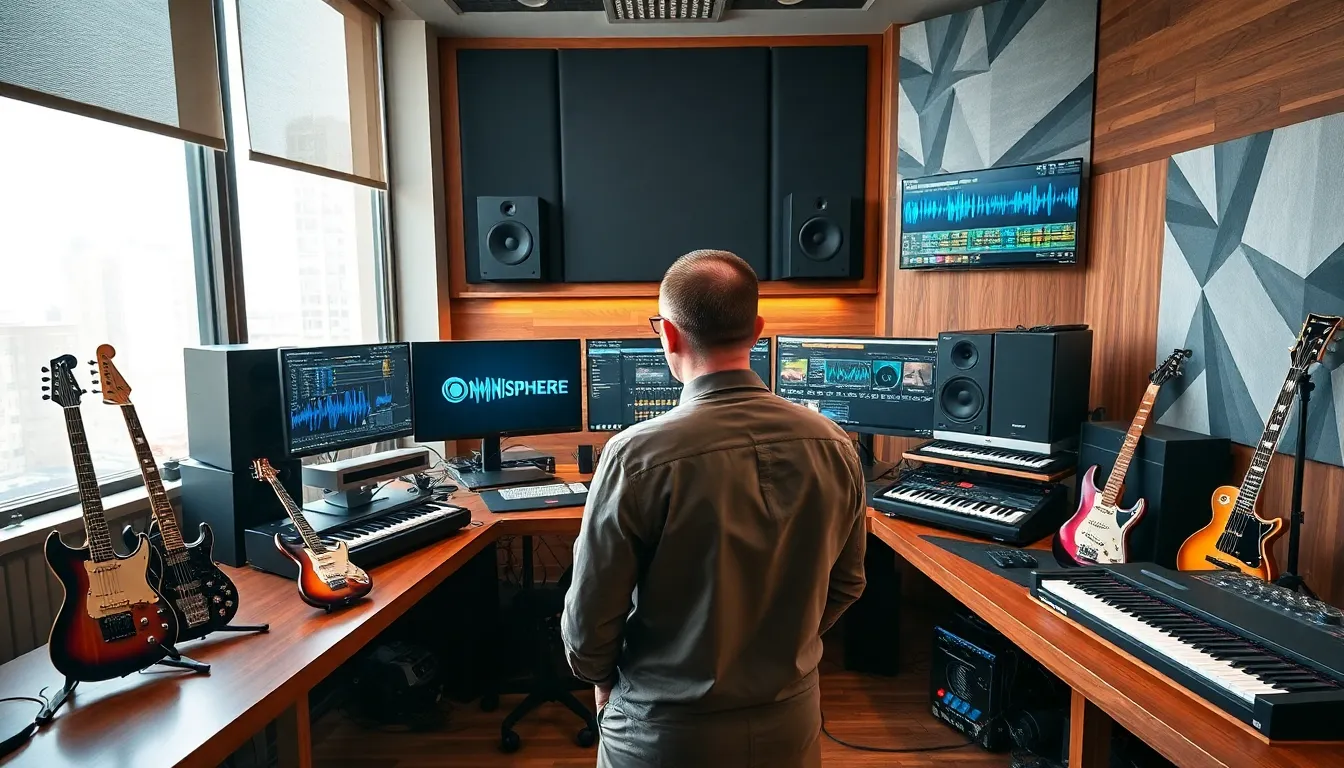In a world where technology keeps pushing creativity’s boundaries, the virtual cello emerges as a true game-changer. Imagine being able to produce the rich, soulful sounds of a cello without ever picking up a bow. Sounds fascinating, right? Whether you’re a seasoned cellist or a curious beginner, the virtual cello opens up a universe of possibilities. Let’s immerse and explore how this innovative tool is reshaping the music landscape while keeping the spirit of classical music alive, and maybe even throwing in a few surprises along the way.
Virtual Cello

Understanding the Technology Behind Virtual Cellos
The technology supporting virtual cellos combines MIDI controllers, sampling, and advanced software algorithms. MIDI, or Musical Instrument Digital Interface, allows musicians to communicate with computers and software, producing music that mimics traditional instruments. When it comes to emulating a cello, sampling plays a crucial role. Sounds are recorded from real cellists performing various techniques, like pizzicato (plucked strings) or legato (smoothly connected notes), and stored in the software. The software then triggers these samples based on key presses, providing a realistic experience. Many virtual cello programs use detailed algorithms to create nuanced sounds, making it easier than ever to achieve that emotional depth characteristic of a real cello performance. With the hustle of programming and production, musicians can tap into an entire world of cello artistry from their computers.Advantages of Using Virtual Cellos
The benefits of harnessing a virtual cello extend far beyond mere convenience.-
- Accessibility: For aspiring musicians, acquiring a traditional cello can be a significant financial burden. Virtual cellos offer an affordable alternative, often available for free or at a fraction of the cost.
-
- Versatility: Virtual cellos often come equipped with various sounds and presets that expand musical possibilities. From jazz to rock, one can seamlessly switch styles with just a click.
-
- Portability: Unlike their acoustic counterparts, virtual cellos are lightweight and easy to transport. This mobility means musicians can take their complete studio on the go, providing the flexibility to create music anytime, anywhere.
-
- Experimentation: Unlike the traditional training that requires practice and perfection, virtual cellos allow musicians to experiment freely, play with sounds, and take creative risks without the pressure of onlookers.
Popular Virtual Cello Software and Tools
There are several remarkable virtual cello software options available, ensuring there’s something for everyone.-
- Garritan Cello: Known for its realistic sound, Garritan offers a range of articulations, making it a favorite among composers looking for authenticity.
-
- Spitfire Audio: With their extensive libraries, Spitfire’s virtual cello is perfect for film composers needing deep, cinematic sounds.
-
- EastWest Quantum Leap: This software provides more than just cello sounds: it encompasses a full orchestra experience, allowing users to blend various instruments for richer compositions.
-
- Native Instruments: Recognized for its innovative products, Native Instruments hosts a variety of virtual cello options that integrate beautifully with their other music software, making it a popular choice for producers.
-
- MIDI Controllers: Combine any of these software options with a MIDI controller like the Akai MPK or Novation Launchkey for optimal playability. These devices help a more tactile experience, enabling musicians to express themselves dynamically.
Getting Started with Virtual Cello: A Beginner’s Guide
Ready to jump into the world of virtual cellos? Getting started is easier than you might think.-
- Choose Your Software: Begin by selecting a virtual cello software that fits your needs. Consider factors like sound quality, ease of use, and budget. Most offer trial versions, so why not test a few?
-
- Setup Your MIDI Controller: If you want to experience the full range of expression, pair your software with a MIDI controller. This device will allow for more nuanced control over dynamics and articulation.
-
- Learn the Basics: Familiarize yourself with the interface. Understanding how to navigate the program, tweak settings, and access various sounds will significantly enhance your experience.
-
- Start Composing: Don’t be afraid to play around. Create simple melodies, layer tracks, and explore different musical styles. The more you practice, the more comfortable you will become.
-
- Use Online Resources: Luckily, there are countless online tutorials and forums dedicated to guiding beginners through the process. Use social media platforms to connect with a community of virtual cello enthusiasts.
Tips for Enhancing Your Virtual Cello Experience
Once you’ve taken the plunge into the world of virtual cellos, there are several tips to ensure you get the most out of your experience.-
- Experiment with Presets: Don’t stick to one sound. Virtual cellos often come with diverse presets, which can drastically alter the feel of your composition.
-
- Incorporate Effects: Use effects such as reverb, delay, and EQ to add depth and ambiance. These effects can transform simple melodies into mesmerizing soundscapes.
-
- Layer Tracks: Go beyond just a single line. Consider layering multiple cello tracks that play different melodies or harmonies, enriching the overall sound and feel of your piece.
-
- Collaborate: Engaging with other musicians can open fresh avenues for creativity. Virtual environments promote collaboration, whether through online platforms or local meetups.
-
- Set Goals: Like any instrument, setting goals will keep you motivated. Whether it’s completing a song or learning a new technique, having clear targets will guide your practice.


